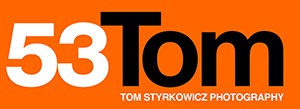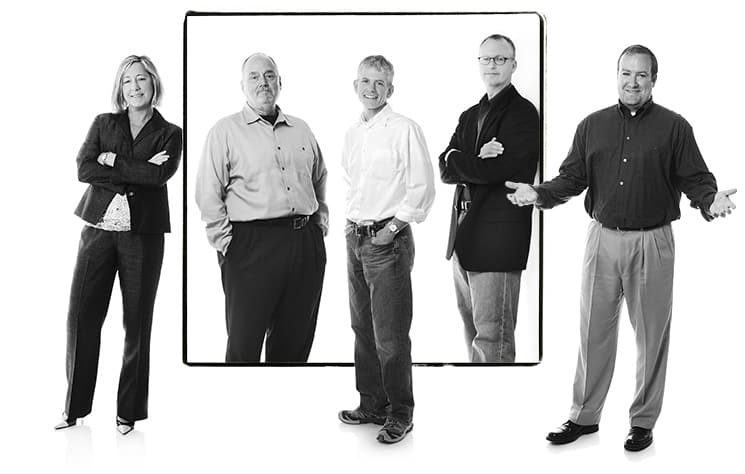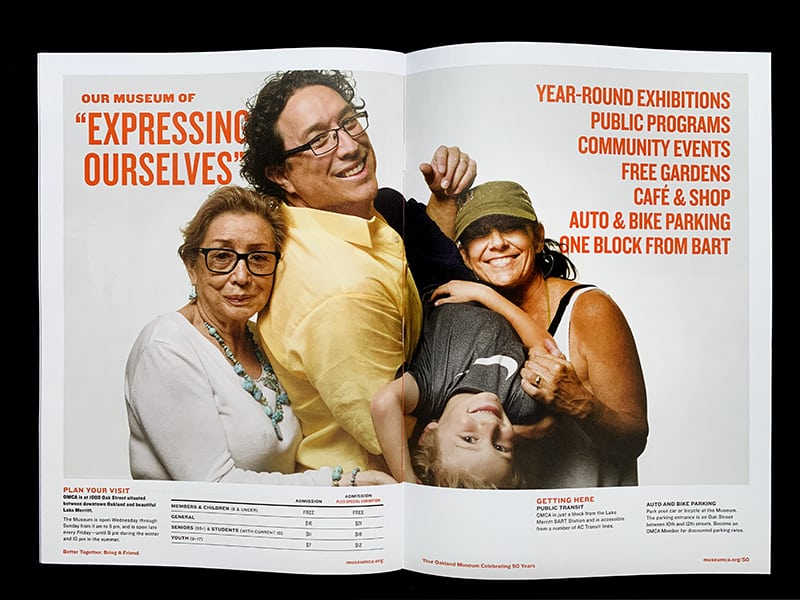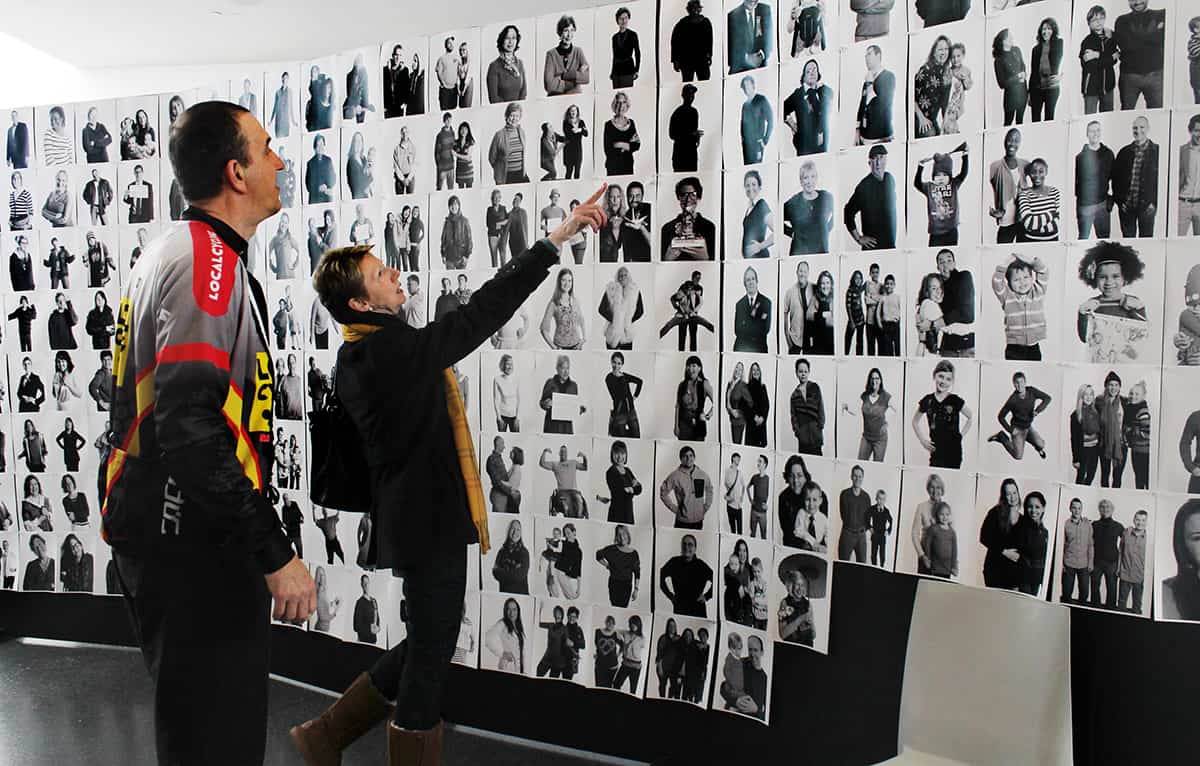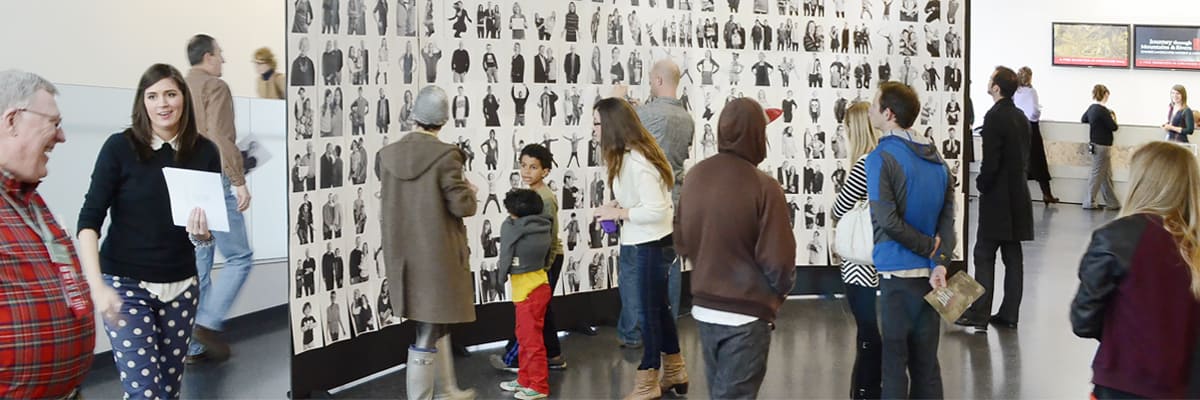In 3 days, 1246 people wanted to show me their history.
The director of the Putnam Museum, Kim Findlay, met me at the American Alliance of Museums convention, and knew this would be an engaging experience for her guests, celebrating the 150th anniversary of the museum. She added he own twist, asking people to bring object of “historical significance” to them, to include in their photo. And, wow, did the people respond to that request. Old signs from past family businesses, tools of their trades, pictures and artwork, hobbies, past and present. When given the chance people wanted to show what they were about, and what made them unique.

A sampling of the images created for the event.

Two of my favorites: L. Susan Mc Peters brought a photo of her in the crib when she was brought home from the hospital as a baby. There was a stuffed animal next to her in the photo. She brought that actual stuffed animal that she had kept over all her life. R. John C. Anderson brought the newspaper clipping about him swimming the Mississippi, handcuffed! He had the original handcuffs also.
She did extensive publicity on local TV and radio, and in the local newspapers. It obviously captivated people’s imagination because at the end of the 3 day event a total of 1246 people had been photographed!
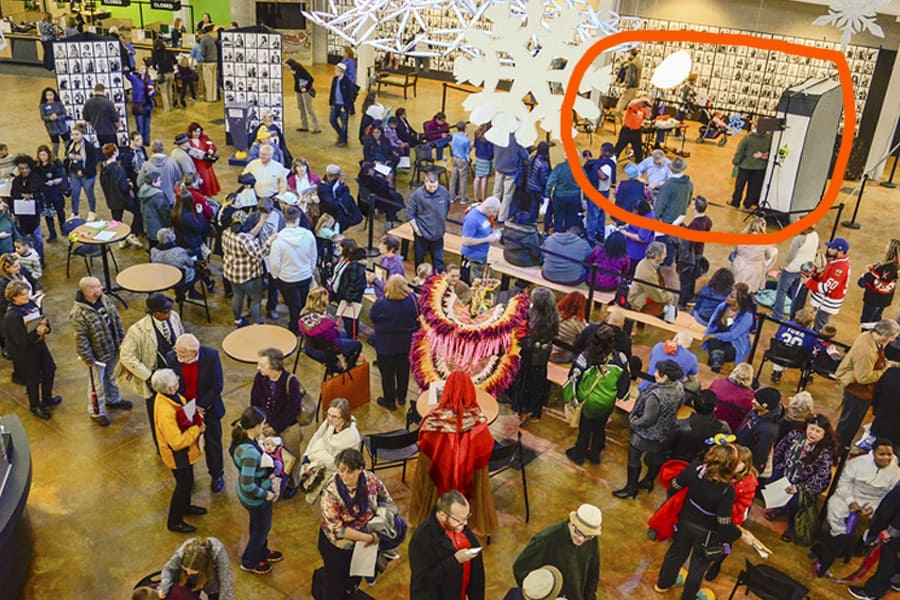
Me photographing in the upper right.
The original space allotted to display people’s photos was filled by the second day, so new display space was added on the mezzanine.
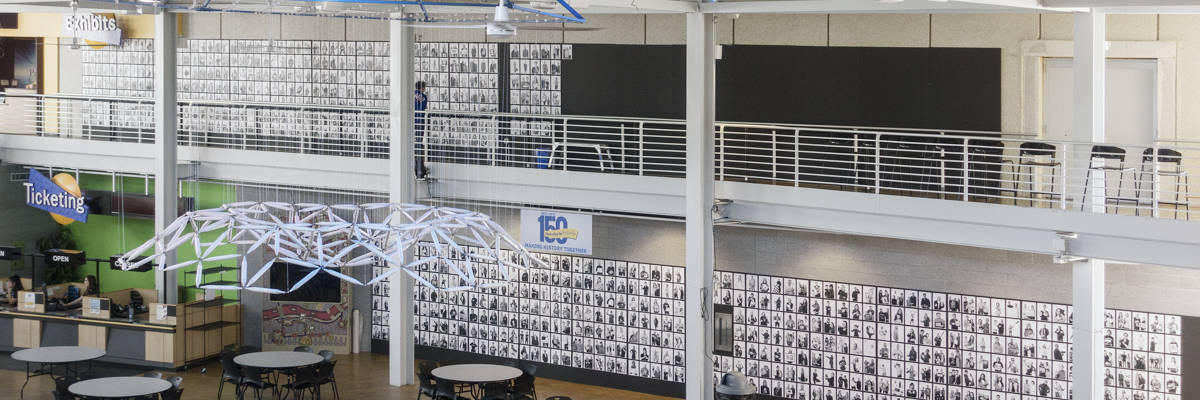
As with all my ONE by ONE Community Portraits the “community portrait wall” proved to be a captivating display for visitors.
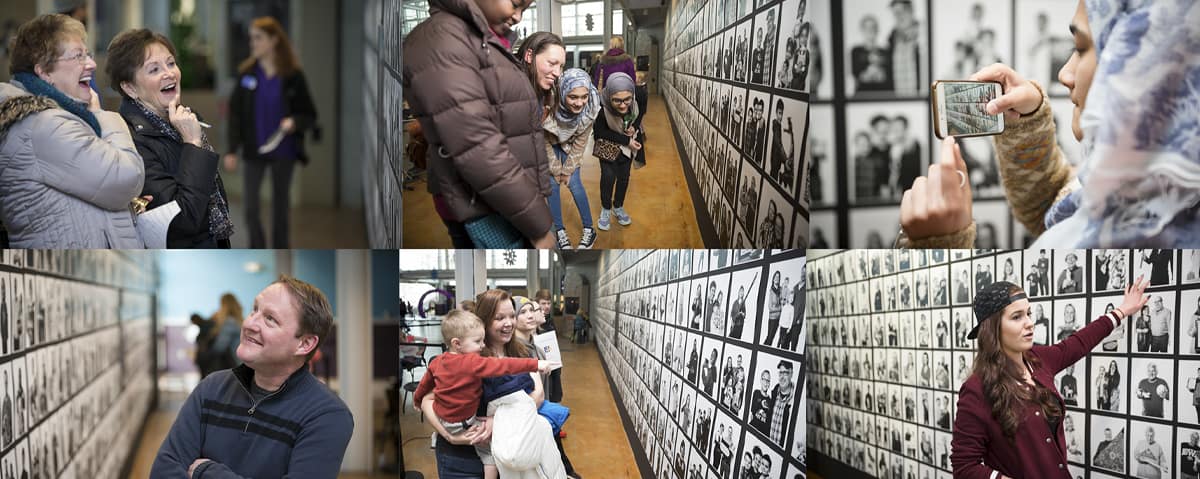
“The images are still up on our walls two years later. They are so popular that we can’t take them down!”
-Christina Kastell
Curator of History and Anthropology
Putnam Museum and Science Center
After the event the museum used to images to announce to the world their anniversary, and the unique close connection to their guests.
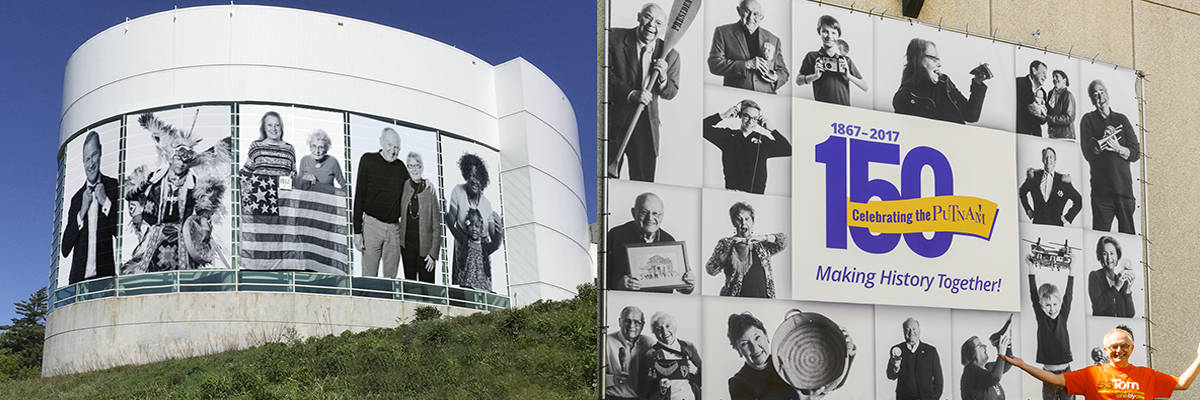
See more about this, and other ONE by ONE Community Portrait experiences at the dedicate website here.
